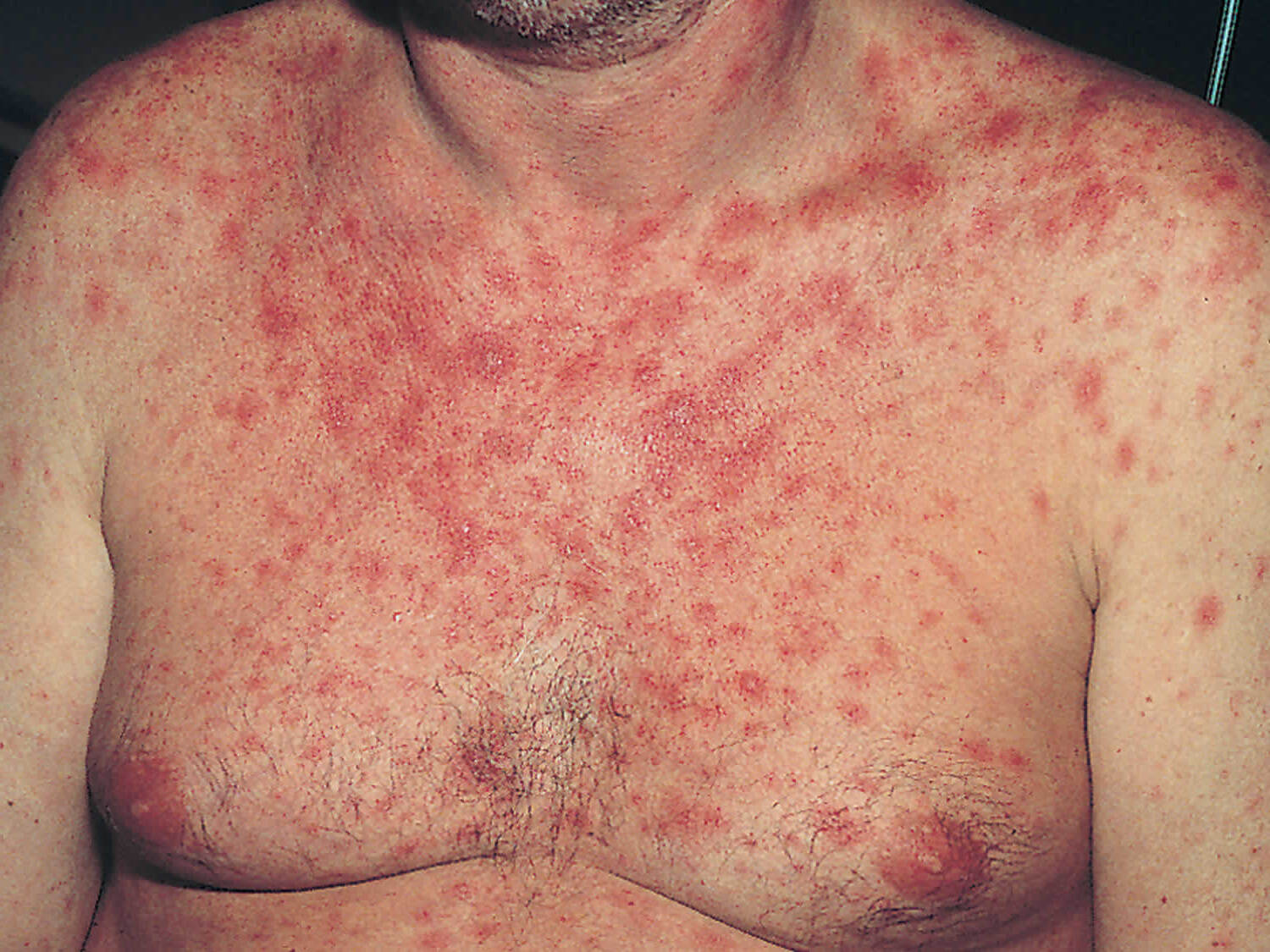
Acute Retroviral Syndrome (ARS), also known as primary HIV infection, is the body's initial response to the HIV virus. Symptoms often resemble those of the flu or other viral illnesses, making it tricky to identify. Fever, sore throat, swollen lymph nodes, and rash are common signs. These symptoms typically appear within 2-4 weeks after exposure to the virus and can last for several days to weeks. Early detection is crucial for managing HIV effectively. Understanding ARS can help in recognizing the early stages of HIV, leading to timely medical intervention. Knowledge about ARS empowers individuals to seek testing and treatment promptly, improving health outcomes.
Key Takeaways:
- If you have flu-like symptoms after possible HIV exposure, it could be Acute Retroviral Syndrome (ARS). Early detection is crucial for better treatment and reducing the risk of spreading the virus.
- Treatment for ARS includes antiretroviral therapy (ART) to control the virus and supportive care for symptoms. Regular monitoring and mental health support are important for managing HIV.
What is Acute Retroviral Syndrome?
Acute Retroviral Syndrome (ARS) is the body's initial response to HIV infection. Often mistaken for the flu, ARS can be confusing. Understanding it is crucial for early detection and treatment.
- ARS typically appears 2-4 weeks after HIV exposure. This early stage is when the virus rapidly multiplies.
- Symptoms can last from a few days to several weeks. The duration varies among individuals.
- Common symptoms include fever, sore throat, and rash. These are often mistaken for other illnesses.
- Swollen lymph nodes are a telltale sign. They indicate the body's immune response.
- Night sweats are another common symptom. These can be intense and disruptive.
- Some people experience muscle and joint pain. This adds to the flu-like feeling.
- Headaches are frequently reported. They can range from mild to severe.
- Diarrhea and nausea may occur. These gastrointestinal symptoms are less common but still significant.
- Mouth ulcers can develop. These are painful and can affect eating and drinking.
- Weight loss is possible during ARS. This is usually due to a combination of symptoms.
How is ARS Diagnosed?
Diagnosing ARS can be tricky due to its similarity to other illnesses. However, certain tests and observations can help.
- HIV tests may not detect the virus immediately. Early tests might miss the infection.
- PCR tests can detect HIV sooner. These tests look for the virus's genetic material.
- Doctors consider recent high-risk behaviors. This helps in assessing the likelihood of HIV.
- A detailed symptom history is crucial. It aids in distinguishing ARS from other conditions.
- Physical exams focus on lymph nodes and rashes. These are key indicators of ARS.
Why Early Detection Matters
Catching ARS early can significantly impact treatment and management of HIV.
- Early detection allows for prompt treatment. This can slow the virus's progression.
- It reduces the risk of transmitting HIV to others. Early treatment lowers viral load.
- Early intervention can improve long-term health outcomes. It helps maintain a stronger immune system.
- It provides an opportunity for lifestyle adjustments. These can enhance overall well-being.
- Early detection can reduce the stigma associated with HIV. Knowledge and treatment empower individuals.
Treatment Options for ARS
While there's no cure for HIV, treatments can manage ARS symptoms and the virus itself.
- Antiretroviral therapy (ART) is the primary treatment. It helps control the virus.
- ART can reduce viral load to undetectable levels. This makes HIV less transmissible.
- Supportive care addresses specific symptoms. Pain relievers and anti-nausea medications can help.
- Regular monitoring is essential. It ensures the treatment is effective and adjusts as needed.
- Mental health support is crucial. Coping with an HIV diagnosis can be challenging.
Key Takeaways on Acute Retroviral Syndrome
Acute Retroviral Syndrome (ARS) often marks the initial phase of HIV infection. Recognizing early symptoms like fever, rash, and swollen lymph nodes can be crucial for timely intervention. ARS symptoms usually appear within 2-4 weeks after exposure and can be mistaken for other illnesses. Testing during this period is vital for accurate diagnosis and early treatment. Antiretroviral therapy (ART) can significantly reduce the virus's impact, improving quality of life and reducing transmission risk. Prevention methods, including safe sex practices and regular testing, are essential in managing the spread of HIV. Understanding ARS helps in early detection and treatment, which can make a significant difference in managing HIV. Stay informed, get tested regularly, and consult healthcare professionals for any concerns. Knowledge and proactive measures are key in combating HIV effectively.
Frequently Asked Questions
Was this page helpful?
Our commitment to delivering trustworthy and engaging content is at the heart of what we do. Each fact on our site is contributed by real users like you, bringing a wealth of diverse insights and information. To ensure the highest standards of accuracy and reliability, our dedicated editors meticulously review each submission. This process guarantees that the facts we share are not only fascinating but also credible. Trust in our commitment to quality and authenticity as you explore and learn with us.
